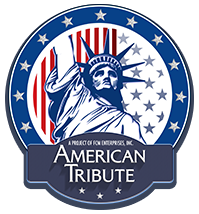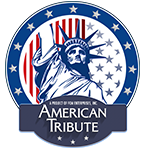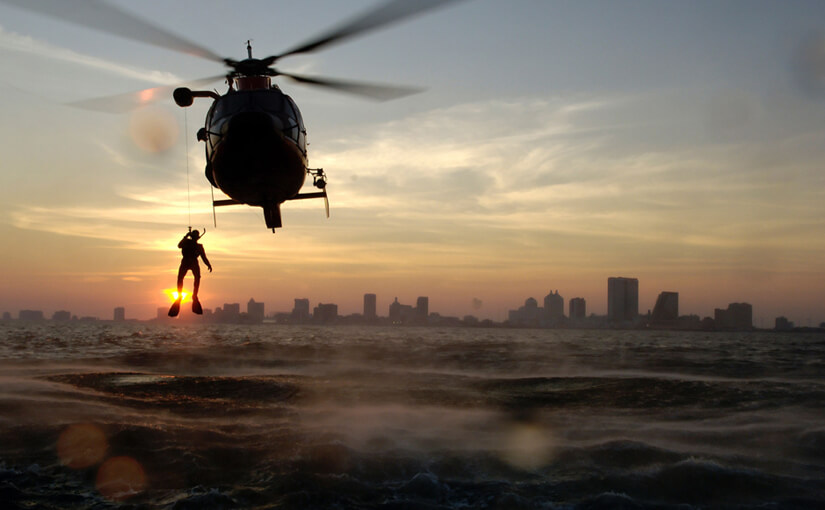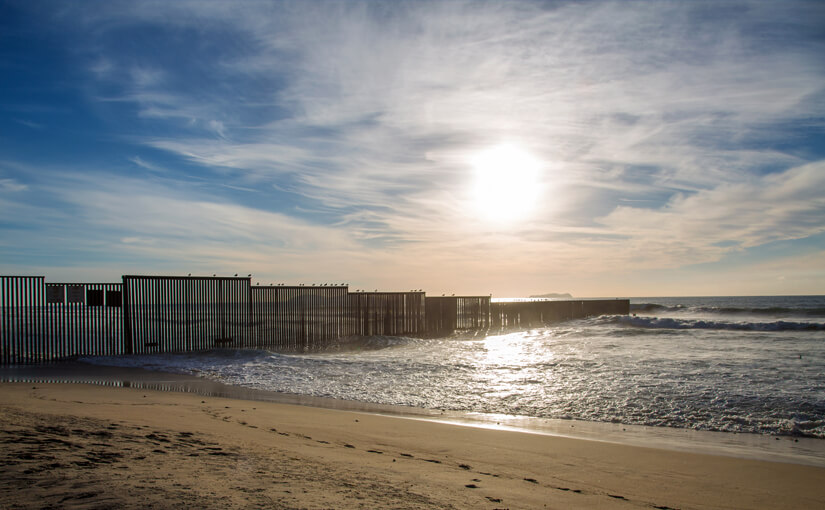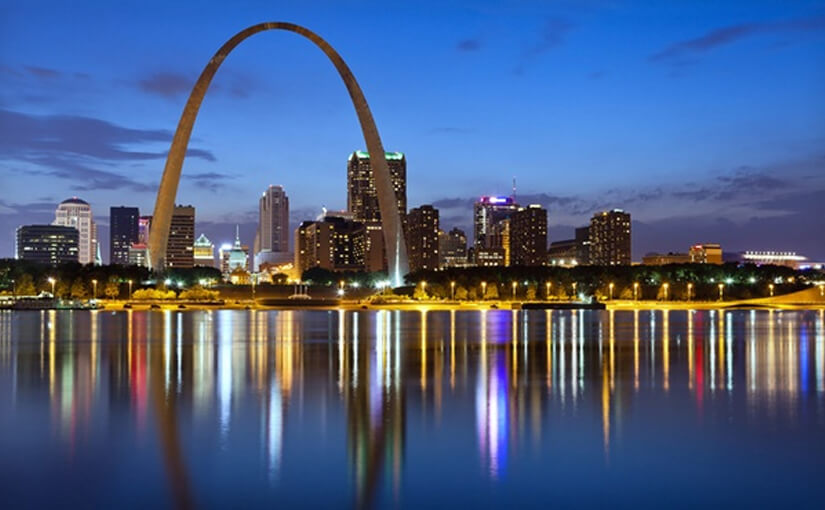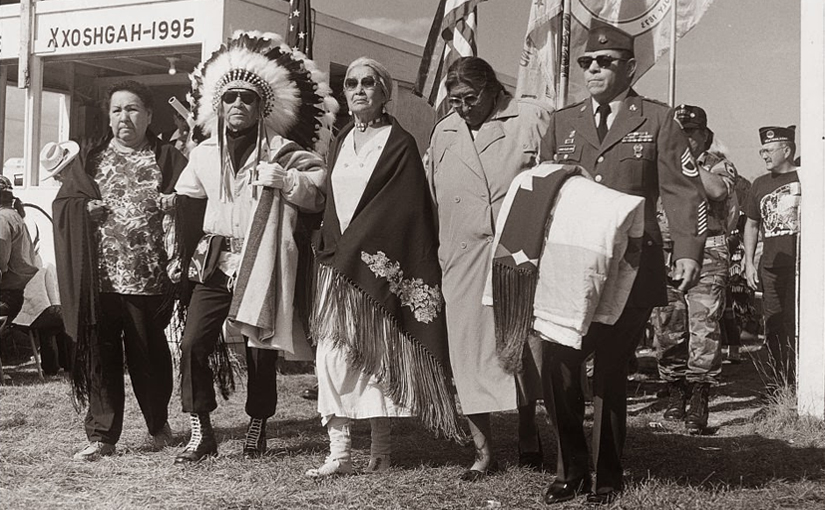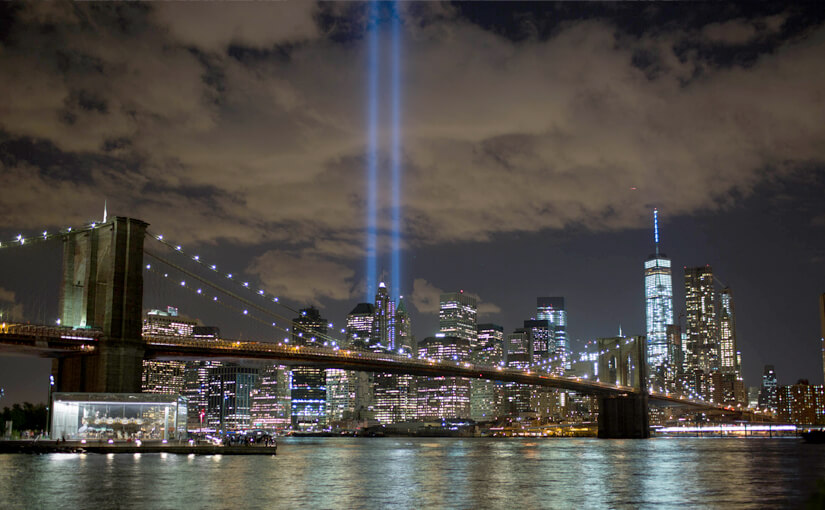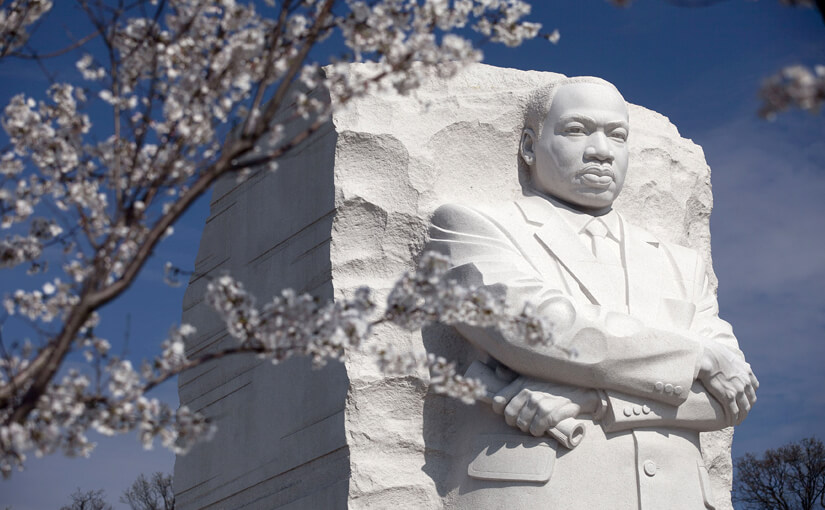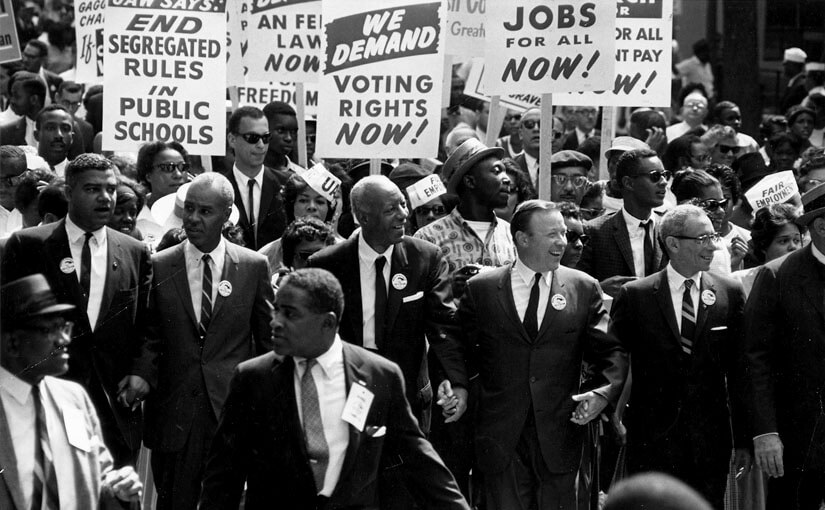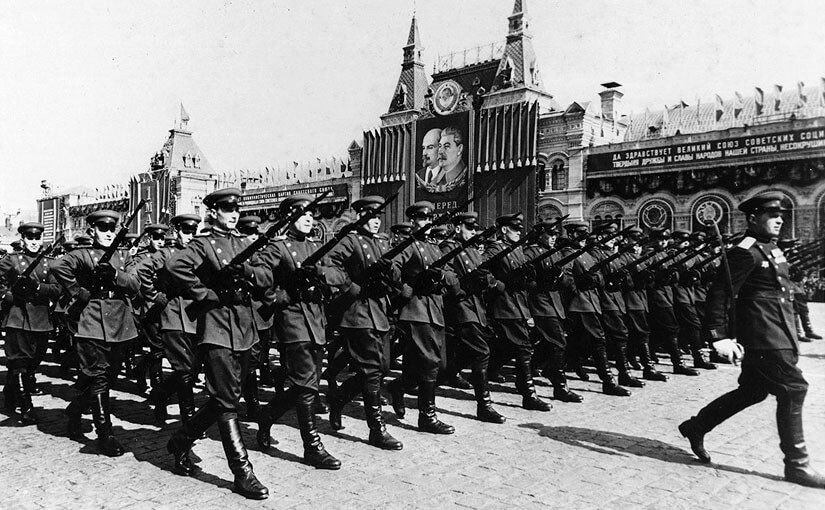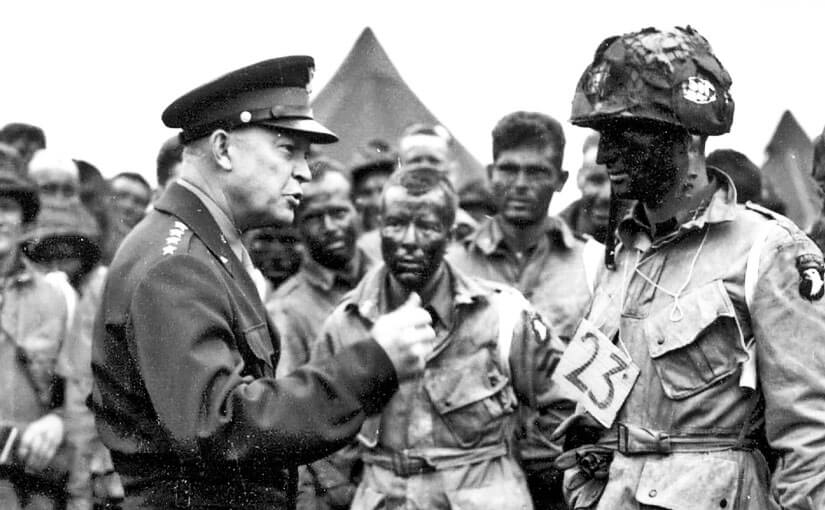- Atlantic (Ocean)
The Atlantic Ocean is on the East Coast of the United States. The ocean was named after the giant Atlas from Greek mythology. It is the second largest ocean in the world.
The Atlantic Ocean is a major sea route for ships. It is one of the most frequently traveled oceans in the world. The Atlantic Ocean is also a source of many natural resources.
The Atlantic Ocean was formed by the separation of the North American and European continents millions of years ago. The ocean covers about one-fifth of the Earth’s surface.
In the middle of the ocean is the Mid-Atlantic Ridge, an immense underwater mountain range that extends the length of the Atlantic and is a source of volcanic activity.
The U.S. states that border the Atlantic Ocean are Connecticut, Delaware, Florida, Georgia, Maine, Maryland, Massachusetts, New Hampshire, New Jersey, New York, North Carolina, Rhode Island, South Carolina, and Virginia.
** As you prepare for U.S. citizenship, Learn About the United States: Quick Civics Lessons will help you study for the civics and English portions of the naturalization interview. There are 100 civics (history and government) questions on the naturalization test.
During your naturalization interview, you will be asked up to 10 questions from the list of 100 questions. You must answer correctly six (6) of the 10 questions to pass the civics test.
